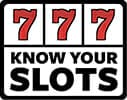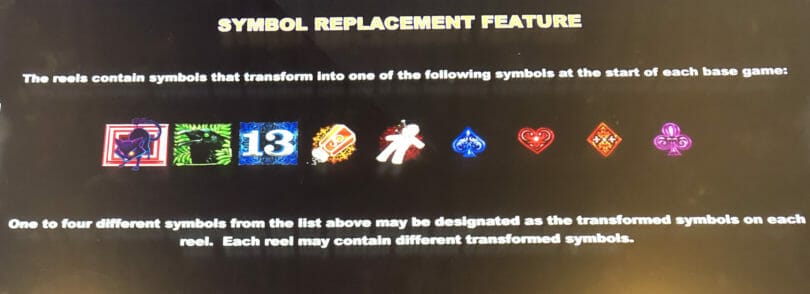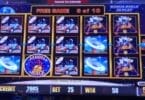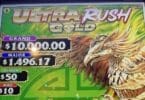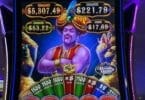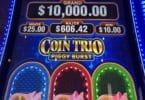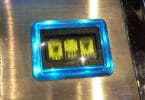The mystery symbol has its own place in the Slot Volatility world. It takes a variety of forms, but it almost always serves to increase the volatility of a slot.
As a general rule, these mystery symbols are set in a stacked symbol configuration. The mystery symbol generally takes one of two forms:
- During a slot machine spin, a symbol appears, such as a door, on certain reel spaces that hides a symbol that is revealed upon the completion of a spin. This symbol can be, and usually is, different each spin (and on certain games, like Queen of the Wild II, there could be more than one symbol under the hidden spaces). Sometimes this mechanic appears during the base game, such as Bier Haus 200, and sometimes it’s only during the bonus, such as on some of the Lightning Link/Dragon Link bonus games.
- A symbol or symbols are selected at random and placed on to the reels before the spin outcome is determined. Examples of this are Robin Hood and the Golden Arrow, a classic WMS G+ Deluxe game, and Hexbreak3r, which was recently reviewed on the site.
This feature can be seen in both lines evaluated games, and all ways pays games. In both cases they make the game more volatile by creating a harder to achieve scenario to get pays.
Stacked symbols, when you can line them up, can provide a boost because you get so many symbols lined up in a stacked configuration. But they can just as easily block other symbols from lining up, and other symbols can block them from lining up.
This generally means the game will feature more feast or famine moments – more dead spins when it can’t get it together, and more big wins when it does.
If you want to know if a game has a mystery symbol, you’ll need to check out the pay table. Games with doors obviously don’t show themselves until you actually take a spin. Those that swap out symbols during a spin aren’t obvious either.
However, both will explain the mystery symbol feature and how it works if a game has it when you read the pay table, so that will be the easiest way to see if the game has one. The image at the top of the screen shows how it’s explained in Hexbreak3r.
